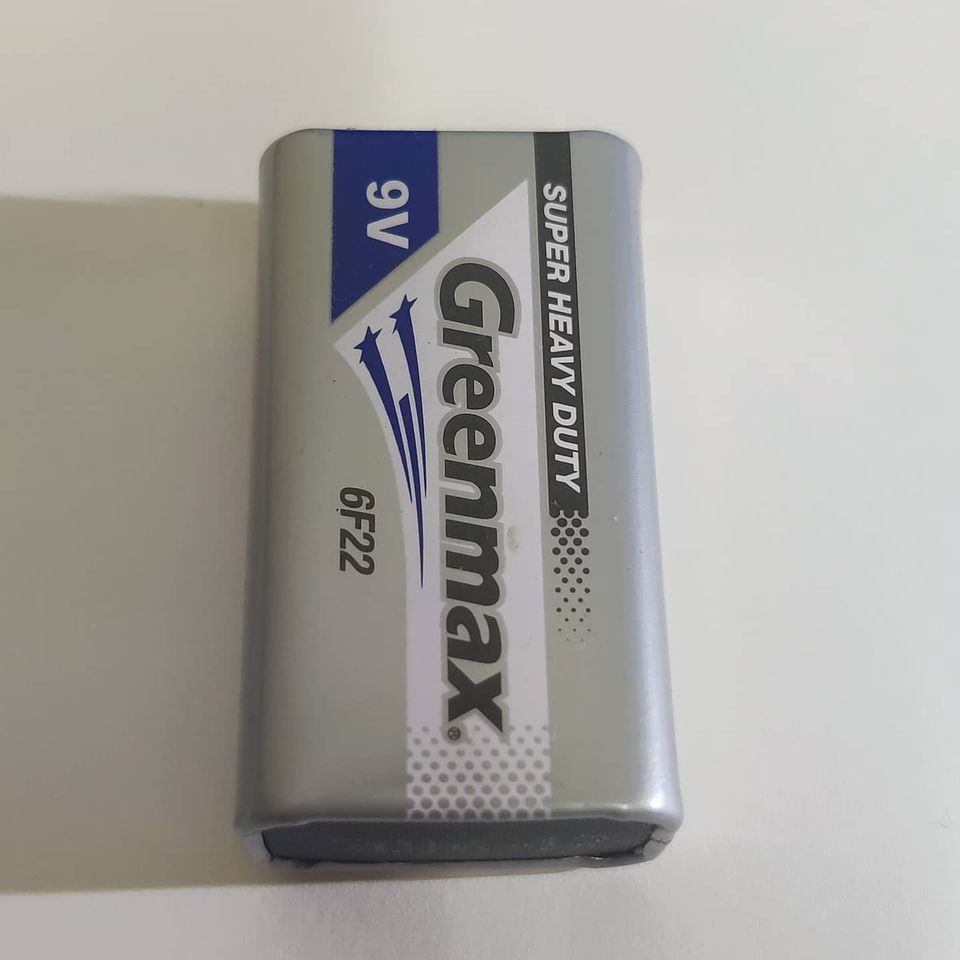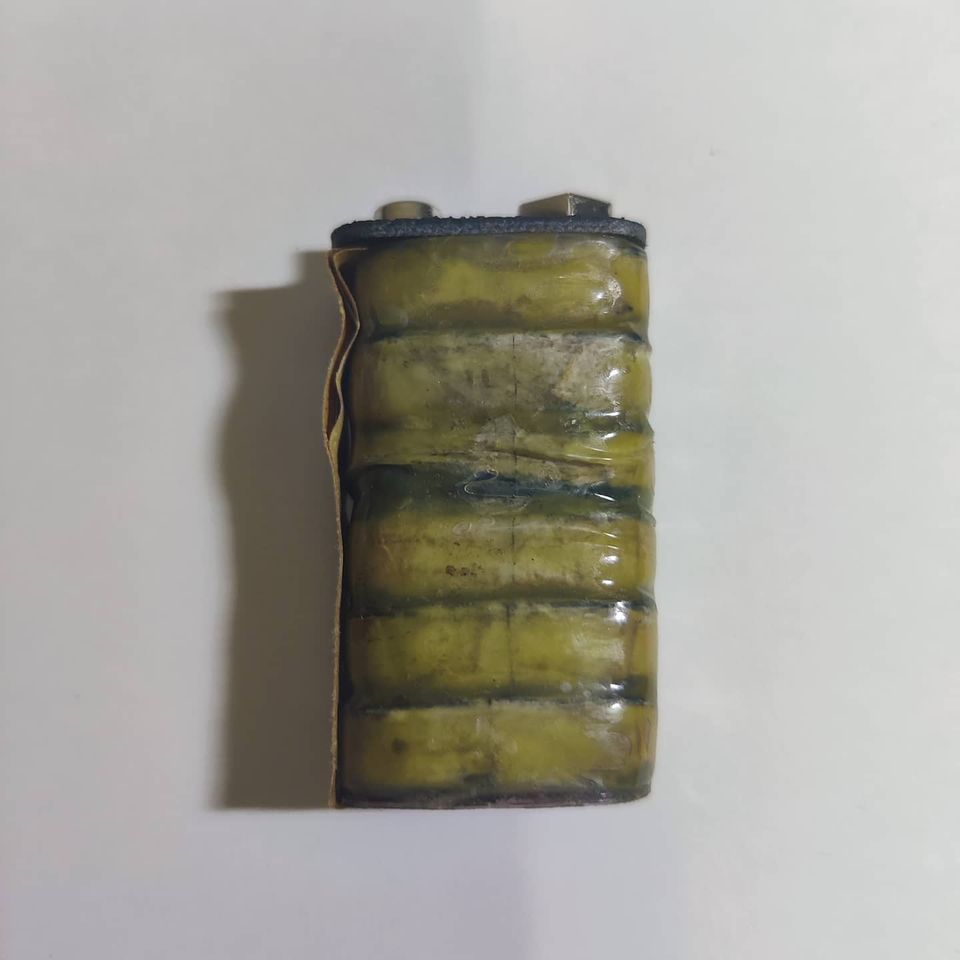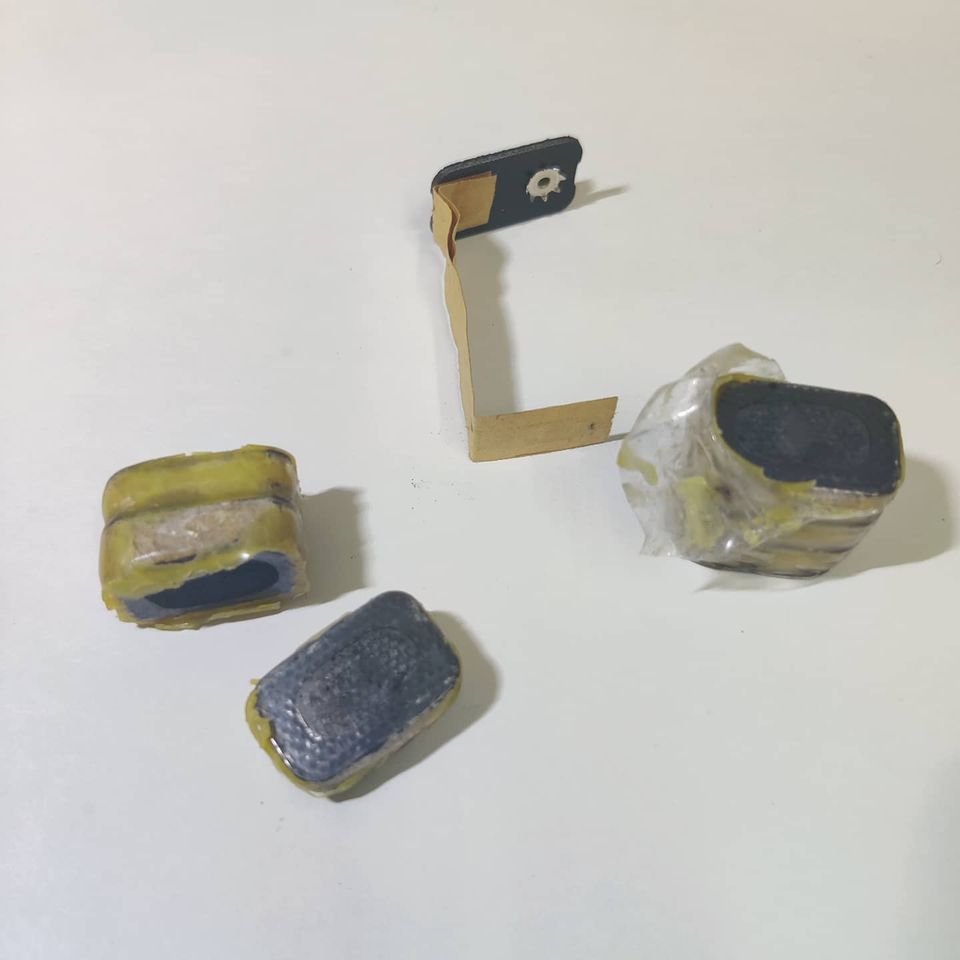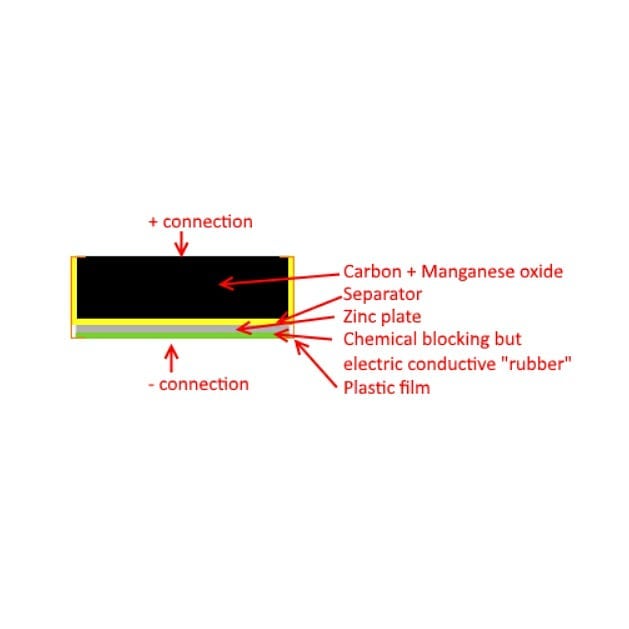It’s affecting every industry out there in terms of production and consumer electronic device shortages. Many companies in the automotive sector have stopped their production lines and laid off people just because they can’t find a $5 chip to add to the product. When one part in a production line is missing, the entire line just stops. The major reason for the shortage is actually hoarding and overbooking of chips. When there was a demand surge late last year, most big companies out there started stockpiling (US-China tech war didn’t help either) which in turn increased the demand in the fabrication sector more. It’s a vicious cycle.
It’s like the time when COVID hit and people cleaned out entire aisles in the supermarket for sanitisers and TP, fearing it will run out. In all this, the biggest hit players will be the small companies, that don’t have larger order quantities. Personally, I have been hit severely along with the clients I work with. There are certain stable designs whose chips have current lead times of 1.5yrs or so. All of those would need a redesign and still, you can’t guarantee the newer designed parts will be in stock for long. Analysts expect this to go on for at least a year. But I do think it will take more than a couple of years to stabilise as chips which are getting hit are not the leading edge node ones but the ones with older nodes.
How are you planning on riding this out? Any tips?
Here is an interview I did with Electrical Department at IITB discussing this issue. Link 1, Link 2



